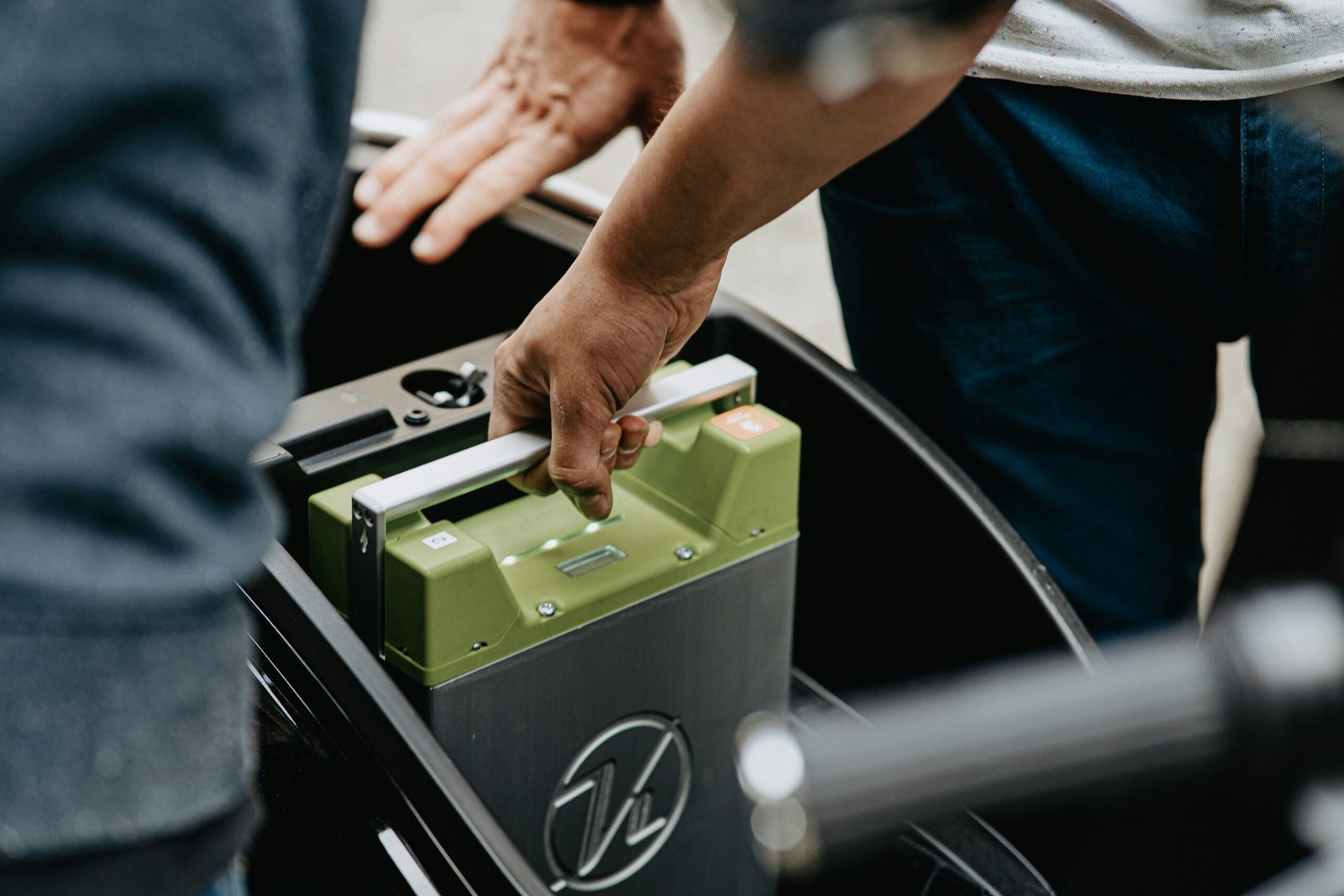Introduction to Urban Farming
Urban farming, or urban agriculture, refers to the cultivation, processing, and distribution of food in or around any urban area. With this type of farming, we can fight some of the challenges the world is presently facing such as that of climate change, food security, and sustainable development. Urban farming is turning rooftops, vacant lots and indoor spaces into productive agricultural environments. Thus, it brings fresh, locally grown food closer to the people in the urban cities.
Importance
There are lot of importance of urban farming. In heavily populated cities, urban farming allows people to access to locally grown fresh fruits and vegetables. As more and more people begin to understand their food origins, the public, overall, is growing curious about locally produced, minimally processed food. And it tastes better and has a higher nutritional quality too.
Community Engagement
Urban farming makes people in the cities more connected to each other. When people grow food together in the city gardens, they work as a group, learn from one another, and become closer friends. The gardens educate them on how to grow food healthily, for instance, using organic methods and protecting the environment. So, urban farming not only produces food but also makes communities stronger and care more for the environment.
Environmental Sustainability
Urban farming is environmentally friendly. t. Since food is grown in cities, one need not make long journeys, hence energy saving as a result. Urban gardens can also make a city cooler, cleaner, and better in handling rainwater. Such gardens employ specific techniques to grow more in fewer spaces and use less water.
In summary, urban farming is a growing trend with multiple benefits for cities. They ensure fresh produce, enhance communities’ bonding, and increase the city’s environmental sustainability. Thus, it contributes in big ways to the fight against climate change and the building of a sustainable urban future.
Choosing the Right Location for Your Urban Farm
There are so many factors to be considered in urban farming, and the selection of right location is one such key factor.
Rooftops
Roofs can receive a lot of sunlight, and it makes them a preferred choice for urban farming. Such areas are not normally used and choosing them can be ideal. However, before setting up a rooftop garden, it is important to assess the structural stability and weight-bearing capacity of the building. Additionally, the availability of water is crucial since the rooftop areas dry out very fast in sunny direct sunlight.
Balconies
Balconies are another useful area for urban agriculture. Although generally smaller than rooftops, they can still provide sufficient area to grow different varieties of plants. Making full use of the small area requires using vertical gardening methods and stackable planters. Another thing to consider is determining the orientation that receives the most sunlight, since south and west-facing balconies tend to receive more sun, which means that there will be more sunlight for the plants to grow well.
Community Gardens
Community gardens enable you to interact with other local residents as you grow your produce. In addition, such spaces usually have larger plots of land as compared to individual urban settings. Thus, it allows for more extensive farming practices. When you collaborate within a community, it helps to build social connections. Also, people share their resources and knowledge. Thus, the gardening process becomes more efficient and enjoyable.
Indoor Spaces
Indoor spaces, equipped with proper lighting and ventilation, can also be good option for urban farming. LED lights can be as sunlight, making the plants live in even the absence of natural light. Indoor farming is thus a better option during bad weather conditions or in an urban area where space in the outdoors is limited. It also allows year-round cultivation of some crops.
When selecting the site, water supply and maximum utilization of space should be taken into account. Water can be conserved by employing efficient watering systems, drip irrigation, for example, yet at the same time hydration is given to the plants. Strategic planning and utilization of vertical space through shelves or hanging gardens will add great value to the productivity and functionality in your urban farm.
Essential Tools and Materials Required
To begin with we should first select relevant tools and materials for an urban farm. Environmentally friendly practices can really reduce the ecological footprint of an urban farm. The main materials include containers, soil, seeds, the required gardening tools, and irrigation systems.
Containers
For pots, choices range from the traditional one to innovative and eco-friendly ones. Recycled containers, such as reused buckets, crates, or even plastic bottles, provide solutions for an alternative to standard, often non-biodegradable, pots. Biodegradable pots made of coconut coir, peat, and compost also enhance one’s responsibility toward the environment as they decompose naturally over time.
Soil Choice
The soil selection impacts the growing plants considerably. The best choice of soil has nutrients, free from chemical fertilizers, and is organic in nature. Preparing the soil by adding compost improves its structure and water retention along with nutrient content. Compost can be derived from either kitchen waste, garden waste, or local programs on composting.
Seeds
Seeds are very important in the total process of urban farming. Sowing heirloom or organic seeds will ensure that one grows healthy and non-GMO plants. (Non-GMO produce are crops grown from seeds that have not been genetically modified in the laboratory. Full form of GMO is genetically modified organisms.) The choice of seed variety depends on the local climate and space available to grow. Additionally, seed swapping with neighbours or local gardening groups can also increase biodiversity while keeping costs low.
Gardening Tools
Gardening tools are equally important. The basic tools include trowels, pruners, and hand forks. They provide for most needs of urban farming. When one chooses to opt for user-friendly tools, then there will be less strain and more efficiency in performing the tasks at hand. Materials such as stainless steel and wood are favored because they last longer and do not damage the environment significantly.
Effective Watering Systems
They give vital support to crops. Irrigation using drip irrigation or soaker hoses is a straightforward system that delivers water with minimum wastage. Rainwater harvesting setups, including rain barrels and collection systems, are sustainable alternatives to municipal water sources.
Choosing sustainable and innovative options as our tools and materials not only helps in the establishing a good urban farm but also helps us in our fight against climate change.

Step-by-Step Guide to Setting Up an Urban Farm
Establishing an urban farm requires thoughtful planning and systematic execution.
Building Layout
First is to design a practical layout to fit your available space. Study the sun light exposure of your site, accessibility of water, and other probable restrictions you may face. Come up with a layout that would use the available area to the maximum. It is also not such a bad idea to apply vertical farming strategies such as stacked planters or wall-mounted gardens to tackle the problem of space constraints.
Soil Preparation
Another part of urban farming is soil preparation. You need to use high-quality, organic soil that enhances growth for diversified plant life. In a city setting, raised beds or containers are often used because this will enable control over the soil quality. Ensure the containers have excellent drainage systems so as to avoid water stagnation because this is a danger to plant health. You can improve your soil’s fertility by adding compost or organic matter to the mixture, which promotes good plant growth.
Choosing Plants
Choose plants that are conducive to compact areas-herbs, leafy greens, and vegetables like tomatoes or peppers are often favorites in urban farms. Use companion planting principles to make the most out of every small space and to make sure that the pests are naturally kept away. For example, growing basil next to tomatoes benefits both plants.
Maintenance
Maintenance of your plants is also important. It ensures sustained productivity and health of your urban farm. You should maintain regular watering patterns according to the needs of various plants. You can also use drip irrigation systems for promoting better water efficiency and minimizing runoff. Pruning and weeding should be habitual practices to manage plant health and minimize competition for resources.
Space Limitations and Pest Control
Urban farms often face problems of space and pest attacks. Fight the problem of limited space by choosing vertical farming, and use small or compact varieties of plants. Intercropping and use of beneficial insects such as ladybugs also can minimize pest-related problems and help avoid chemical pesticides.
Urban farming is the right way through which the environment can be helped out. Using green methods in it can fight climate change in cities. It can create a beautiful garden in the city if done right.

Innovative Products for Urban Farming
Because of the improvements of some innovative products and technologies, urban farming has significantly become more advanced. There are various popular innovative systems that have quickly popularized, including vertical garden systems, hydroponic and aquaponic systems, smart gardening tools, and mobile apps. These provide good solutions to people who are engaged in urban farming.
Vertical Garden Systems
The vertical garden system is perfect for those having limited space. In this system, vertical structures are used in the supporting of plants, hence using spaces very efficiently. Some popular selections are the wall-mounted planters, pocket planters, and the vertical garden towers. Though they save space, these systems also help with aesthetics and enhance air quality.
Hydroponic and Aquaponic Systems
These systems can be considered an advancement in urban farming because they allow soil-less cultivation. Hydroponic systems feed plants directly at the roots using nutrient-rich water solution and are highly efficient when using water as well will drastically reduce pesticide use. Aquaponic systems link fish farming with hydroponics, where waste products from fish are converted into nutrients for the plants.
Smart Gardening Tools
They have made crop monitoring and management easy in urban farming. Technologies such as automated irrigation systems, soil moisture sensors, and climate control devices provide real-time data and control. Thus, it helps to improve crop yields and reduce waste.
Mobile Applications
Mobile applications have become the revolution in urban farming, providing complete solutions for farm management. The features incorporated in these mobile apps include crop planning, pest management, and seasonal tips-all accessible from a phone.
The use of these innovative products can greatly enhance the efficiency and sustainability of urban farming. Therefore, these are good tools needed to cultivate fresh produce locally while combating climate change.
Urban Farming as a Solution to Climate Change
Urban farming presents various benefits beyond food production, most importantly playing a very significant part in combating climate change.
Reduction of Greenhouse Gases
The most significant contribution of urban farming toward fighting climate change is reduced emission of greenhouse gas emissions. Food produced locally makes sure that there is less carbon footprint associated with transporting food long distances. Thus, it reduces fossil fuel consumption.
Cleaner Air
Plants grown in urban farms absorb carbon dioxide (CO2) and give oxygen into the atmosphere, thereby directly contributing to cleaner and healthier urban air. This biological process improves air quality the air quality and, at the same time, helps in sequestering carbon (process of storing carbon) that would otherwise add to greenhouse gas build-up in the atmosphere. The collective effort of multiple urban farms distributed around a city can have a significant impact on CO2 levels overall. Therefore, it also decreases urban air pollution.
Reducing Urban Heat Island Effect
Urban farming helps influence urban microclimates by reducing the heat island effect. The phenomenon in which cities are considerably warmer than the adjacent rural environments occur due to human endeavors and structures. Plants and greenery have a natural cooling effect by transpiring water from the leaves, thus bringing down ambient temperatures. Urban farms and green roofs provide shade and reduce the surfaces heated by direct sunlight. This means cities are cooler in the warm season and require less air conditioning; thereby lowering energy usage and emissions.
Stormwater Management
Another very important environmental advantage of urban farming is the management of stormwater. Urban farms improve soil health, and healthier soil is more adept at absorbing and retaining water. Such soils have fewer chances of running away, thereby reducing the possibilities of flood occurrences within an urban area and increase the quality of water through filtering out impurities from it. Additionally, integrating green infrastructure such as bioswales and rain gardens within urban farms further increases their capability to manage stormwater effectively.
So, what do you think? Will you adopt Urban Farming? Do share your thoughts by commenting below.






